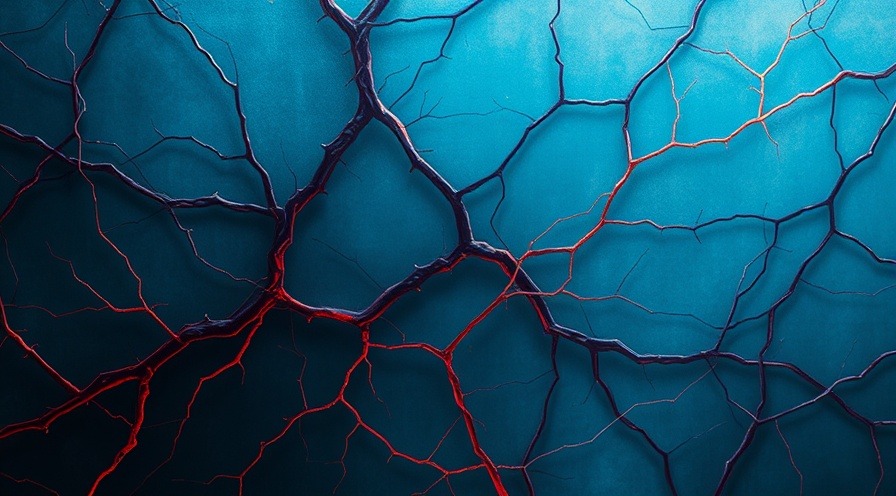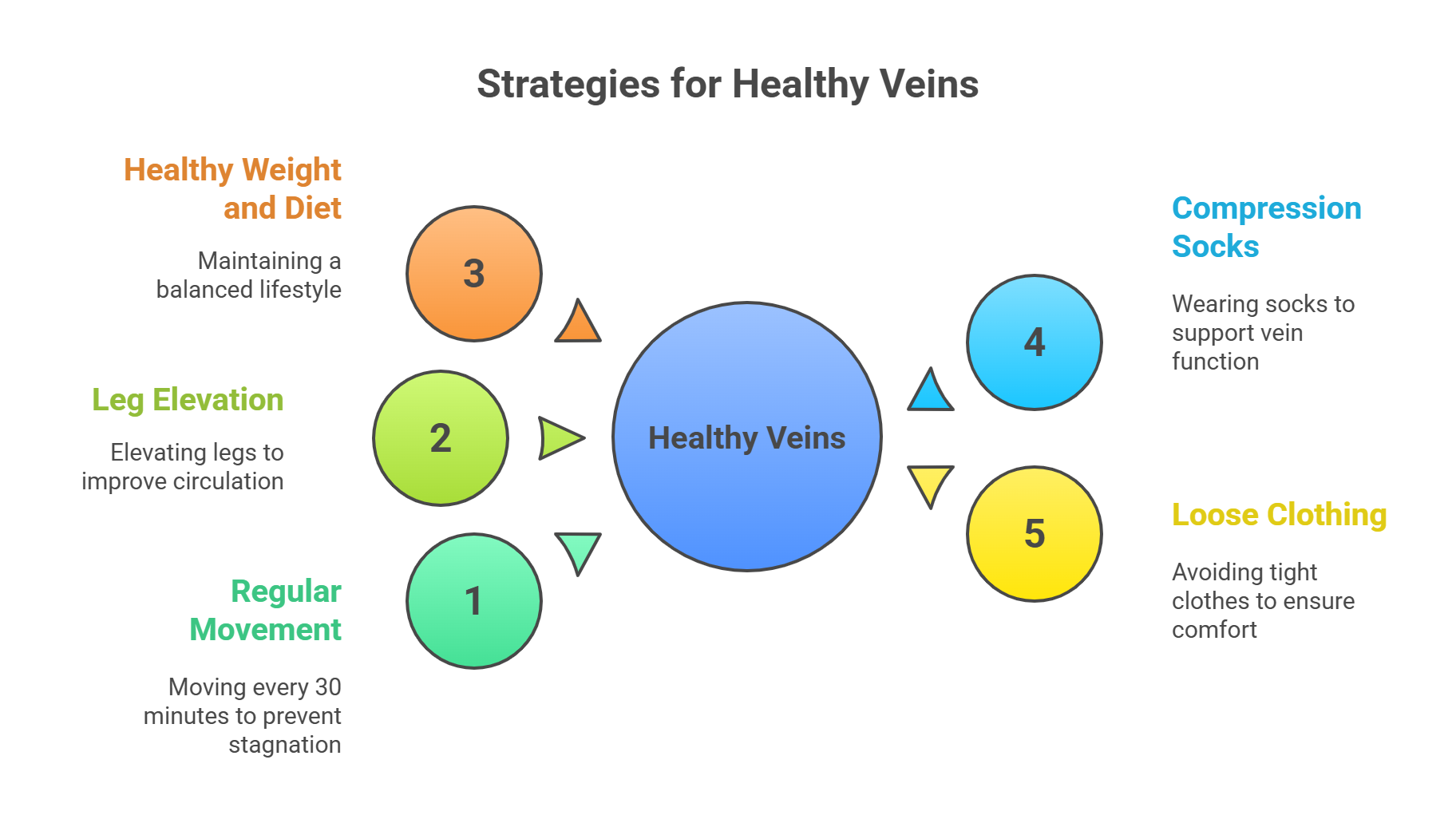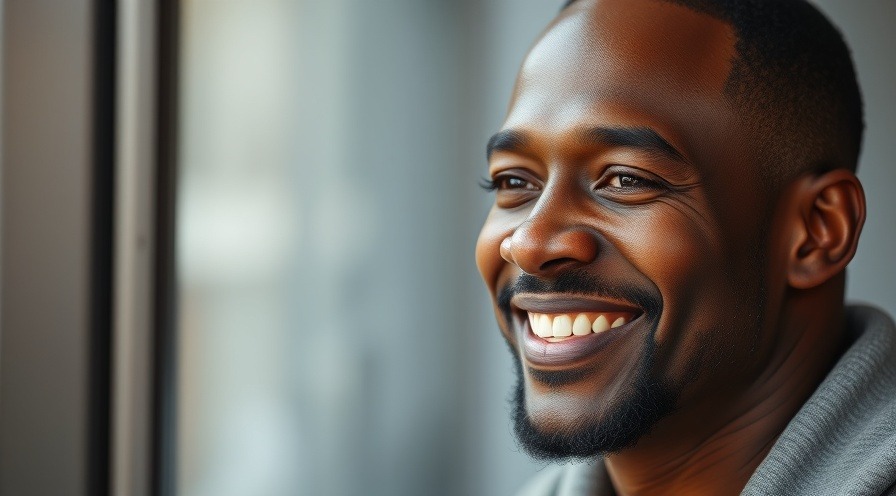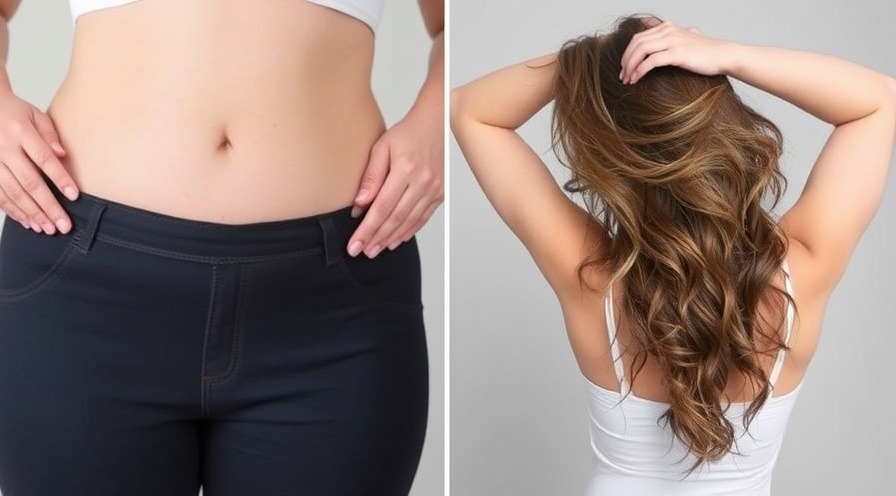
Vein Popping Problems? What You Really Need to Know About Varicose Veins (Before They Get Worse)
What Are Varicose Veins, Really?
Let’s cut through the fluff: varicose veins aren’t just a cosmetic nuisance—they’re your veins screaming, “Help! We’re under pressure!” These swollen, twisted veins typically show up on the legs and feet and can feel like you’ve wrapped your calves in a throbbing garden hose.
According to the Society for Vascular Surgery, over 35% of U.S. adults have some form of varicose veins—many without even realizing they’re more than just a visual quirk.
The Root of the Problem: What Causes Varicose Veins?
Blame it on gravity—and a few lifestyle habits. Here’s a breakdown of the most common culprits:
👣 Weak or Damaged Valves
Veins have one-way valves that keep blood flowing back toward the heart. When these valves weaken or become damaged, blood pools instead of moving upward, causing the vein to bulge.
🧬 Genetics
Thanks, Mom and Dad. If varicose veins run in the family, your odds increase significantly. A study in the Journal of Vascular Surgery found that over 90% of people with varicose veins had a family history of them.
🪑 Prolonged Standing or Sitting
Desk jockeys and teachers, take note. Long periods of being on your feet (or glued to a chair) put extra pressure on leg veins.
🏋️♀️ Obesity
Excess weight = extra pressure on your veins. The National Heart, Lung, and Blood Institute notes that obesity is a major risk factor due to the added strain on lower body circulation.
🤰 Pregnancy
Growing a human is beautiful—until your veins say otherwise. The increase in blood volume and pressure during pregnancy, plus hormonal shifts, can lead to varicose veins (thanks, progesterone).
Symptoms: More Than Skin Deep
Sure, they’re visible—but the signs go beyond the surface:
Aching, heavy, or “tired” legs
Throbbing, burning, or cramping
Swelling around ankles
Itchy or irritated skin over the vein
Discoloration or hardening (in advanced stages)
Dr. Luis Navarro, founder of The Vein Treatment Center in NYC, explains:
“Varicose veins may look harmless at first, but left untreated, they can lead to chronic pain, ulcers, and even blood clots.”
That’s right. Ignoring them isn’t a power move—it’s a medical gamble.
Treatment Options: From Simple to Surgical
Let’s break it down into what works (and what’s just snake oil).
✅ Lifestyle Fixes
Before jumping under the laser, your doc may recommend:
Compression stockings – Not your grandma’s nylons. These improve blood flow and reduce swelling.
Exercise – Walking, swimming, and cycling can strengthen leg muscles and improve vein health.
Weight management – Dropping extra pounds relieves pressure on the legs.
Leg elevation – Kick your feet up (literally) several times a day.
💉 Minimally Invasive Procedures
When compression socks and cardio just aren’t cutting it:
Sclerotherapy – A solution is injected to collapse the vein. It’s outpatient and relatively painless.
Laser treatment – Intense light causes veins to fade or disappear. Works best on smaller veins.
Radiofrequency ablation (RFA) – Heat from radio waves closes off the damaged vein.
According to Dr. Lowell Kabnick of NYU Langone Health:
“Modern treatments for varicose veins are safer and more effective than ever, with minimal recovery time and proven results.”
🏥 Surgical Options
Reserved for severe cases:
Vein ligation and stripping – Removal of the vein under anesthesia. It’s old-school but still effective in certain cases.
Phlebectomy – Tiny incisions remove superficial veins.

Prevention: Keep Those Veins in Line
Even if you’ve dodged the varicose bullet so far, these tips can keep your circulation game strong:
Don’t sit or stand too long—move around every 30 minutes
Keep your legs elevated when relaxing
Maintain a healthy weight and diet
Wear compression socks if you’re at high risk
Skip tight clothes that strangle your thighs or waist
When to See a Doctor (Hint: Not When Your Leg Looks Like a Road Map)
If you’re experiencing persistent pain, swelling, skin changes, or ulcers—don’t wait. It’s not “just cosmetic.” Vein issues can escalate into serious health conditions like chronic venous insufficiency or deep vein thrombosis (DVT).
Final Thoughts: Vein Trouble Is Nothing to Shrug Off
Varicose veins aren’t just vanity villains. They’re red flags from your circulatory system that something’s off. Thankfully, you’ve got options—from simple lifestyle tweaks to state-of-the-art medical treatments.
So, next time you catch a glimpse of those bulging blue cords, don’t panic—but don’t ignore them either. Your legs—and your heart—will thank you.
Disclaimer: The information provided on this website is for general informational purposes only and should not be considered medical advice, diagnosis, or treatment. Always consult a qualified healthcare professional before making any decisions or taking actions related to your health, including but not limited to medical conditions, treatments, diets, supplements, or exercise programs. The content on this site is not intended to replace professional medical guidance. The website and its authors are not responsible for any actions taken based on the information provided. Ask your doctor or licensed medical professional first.
 Add Row
Add Row  Add
Add 




Write A Comment